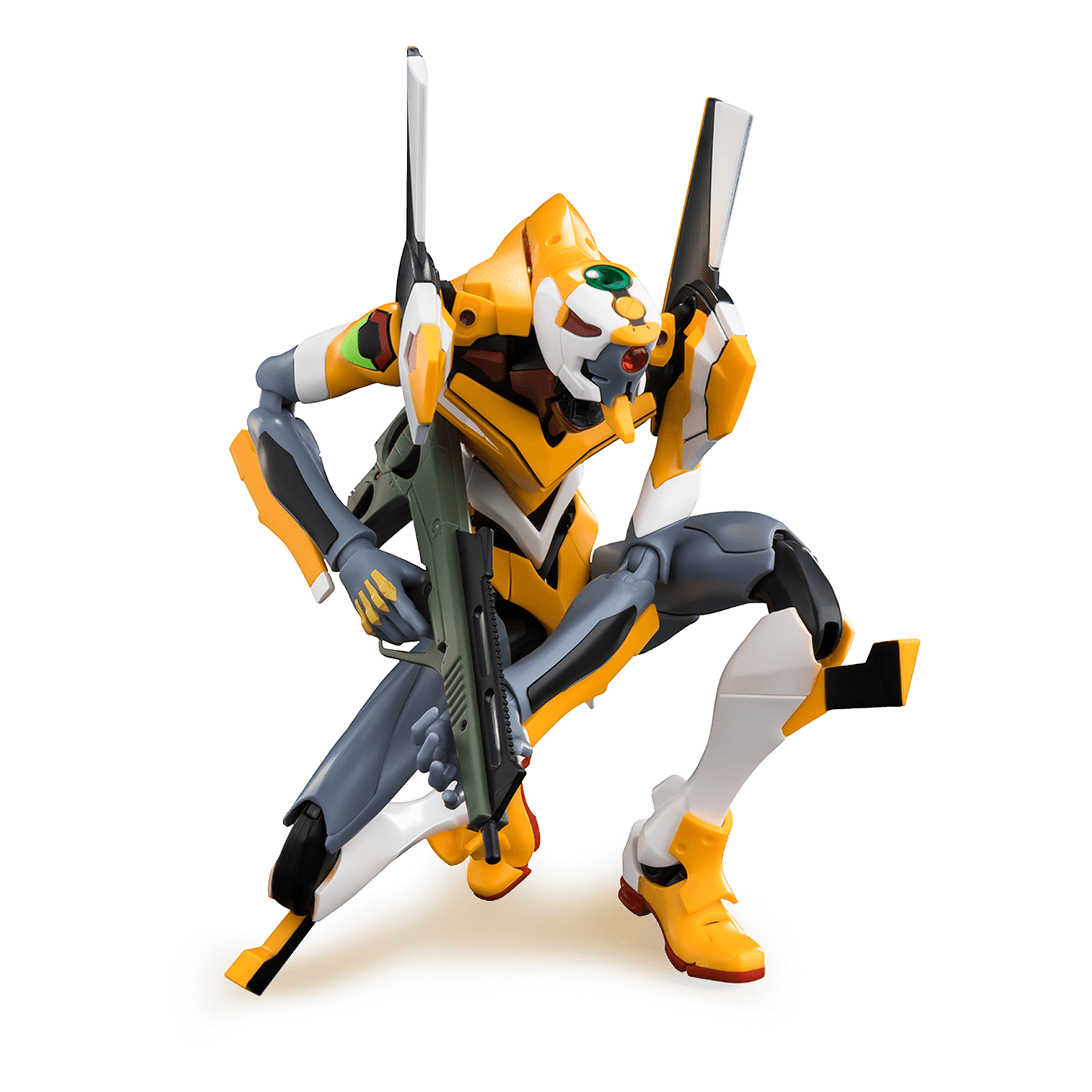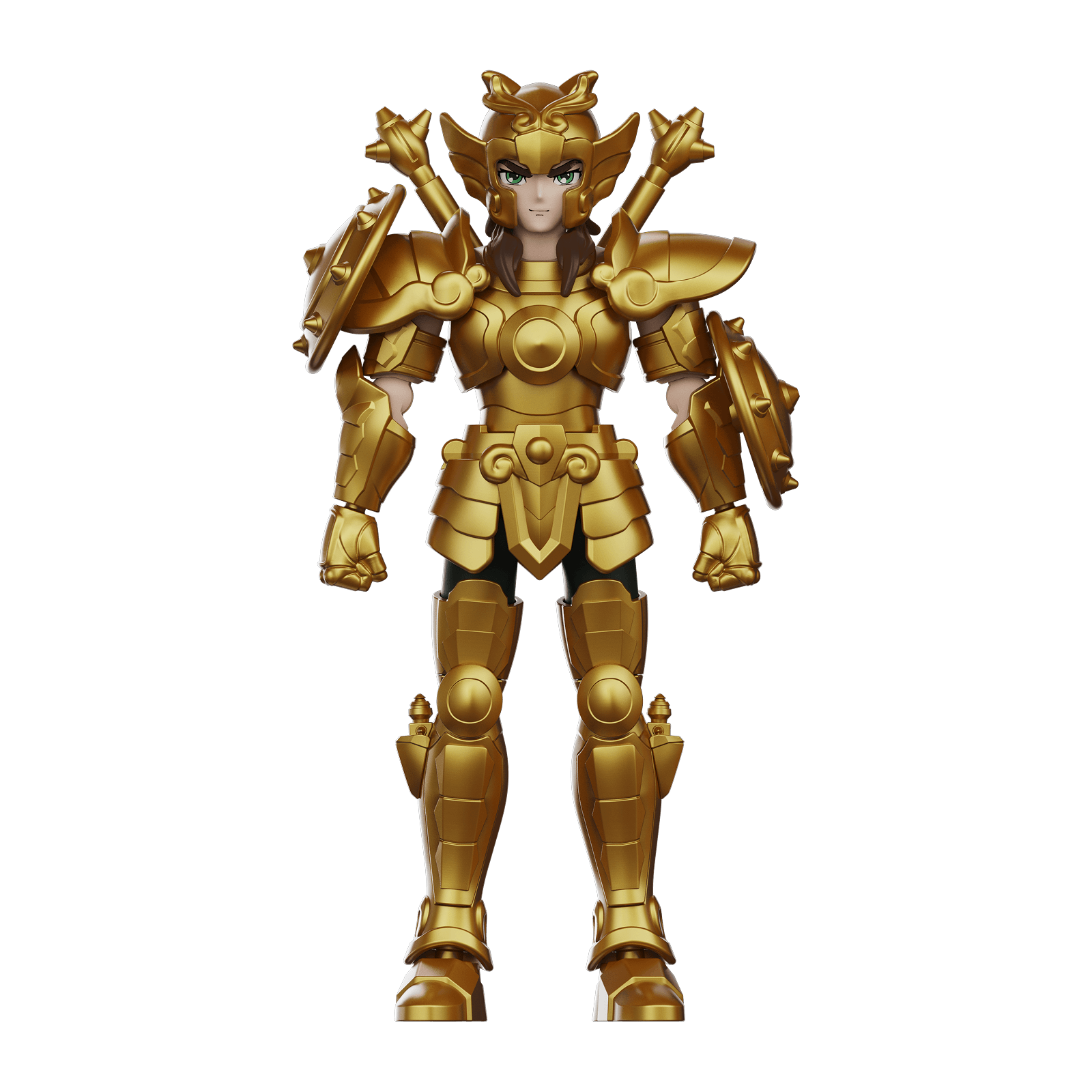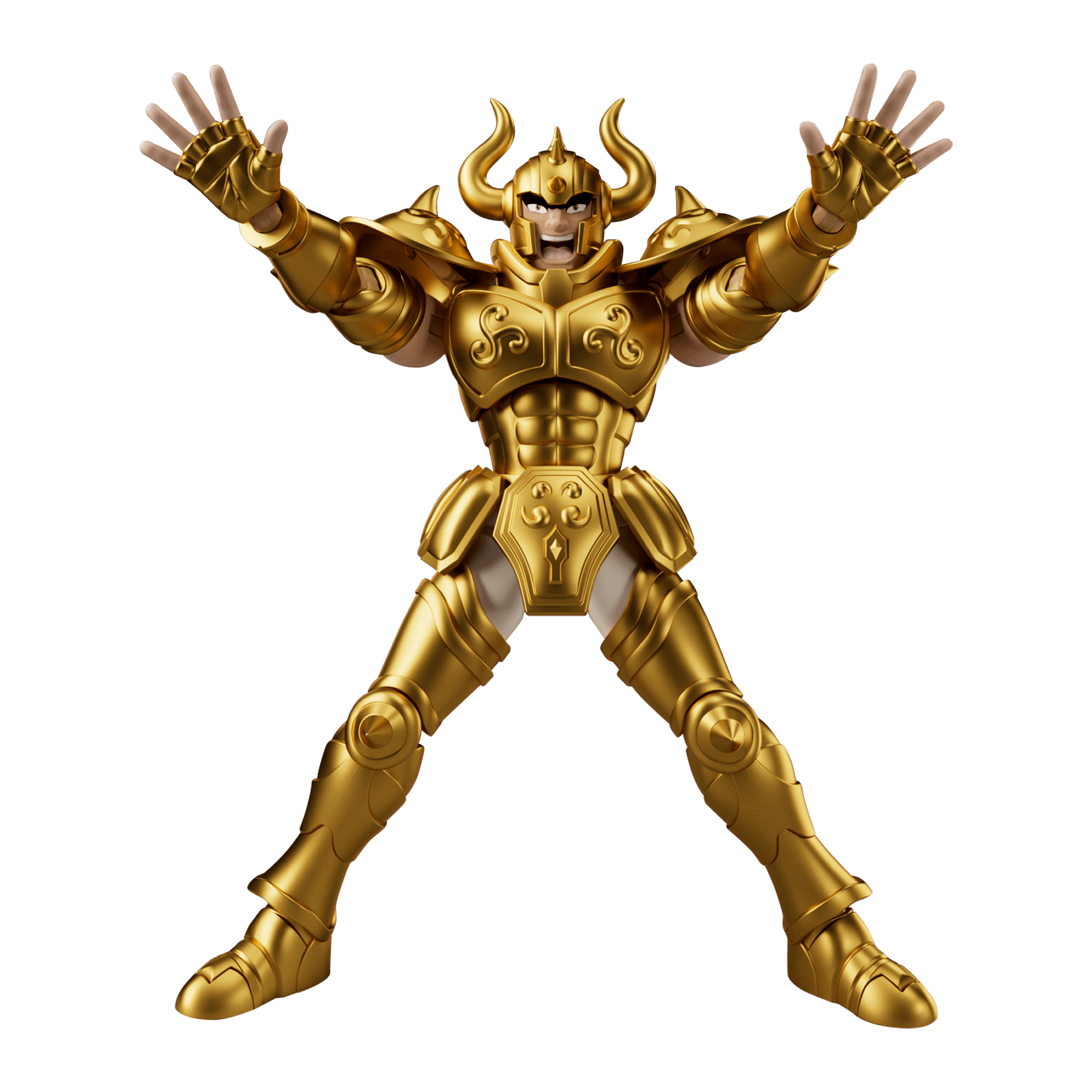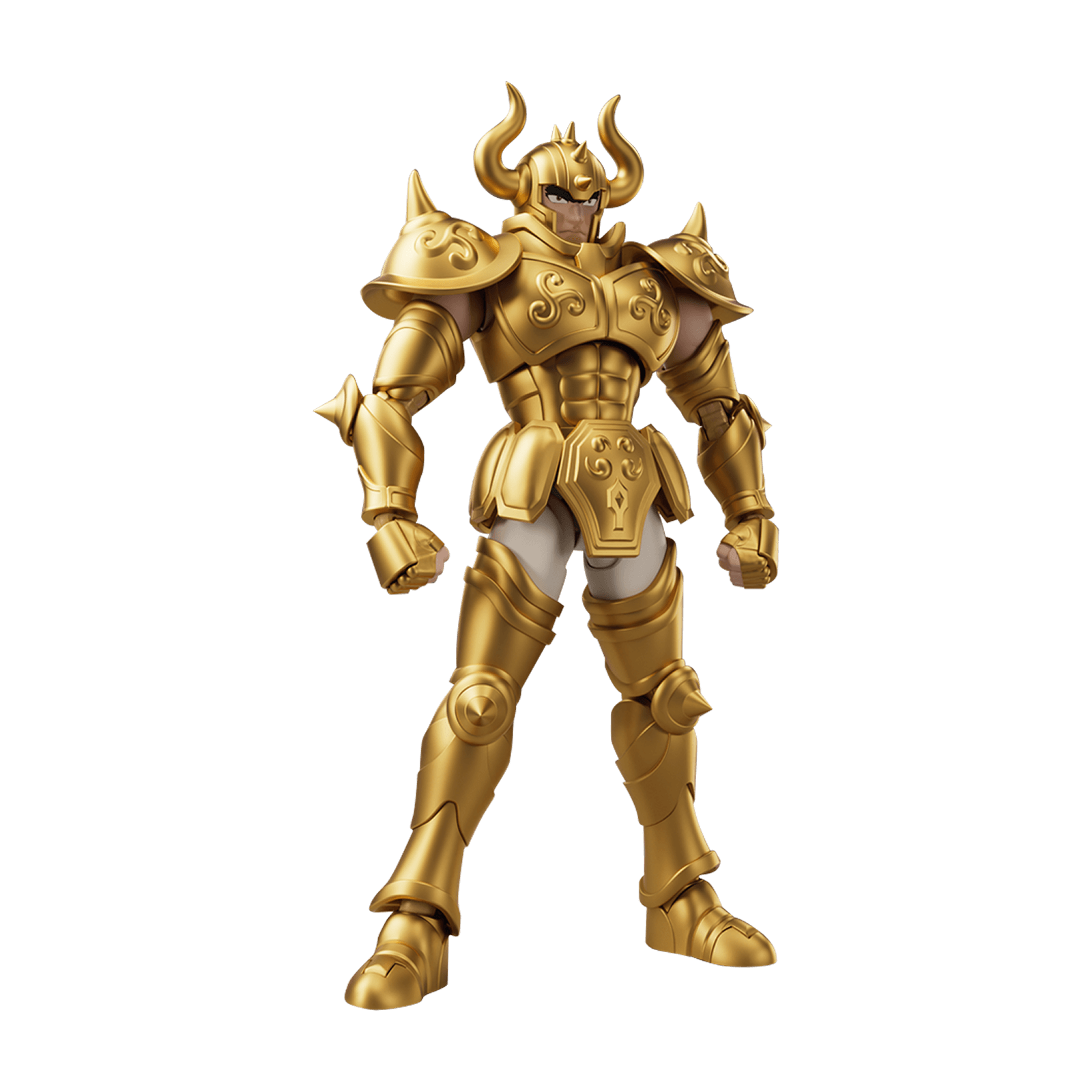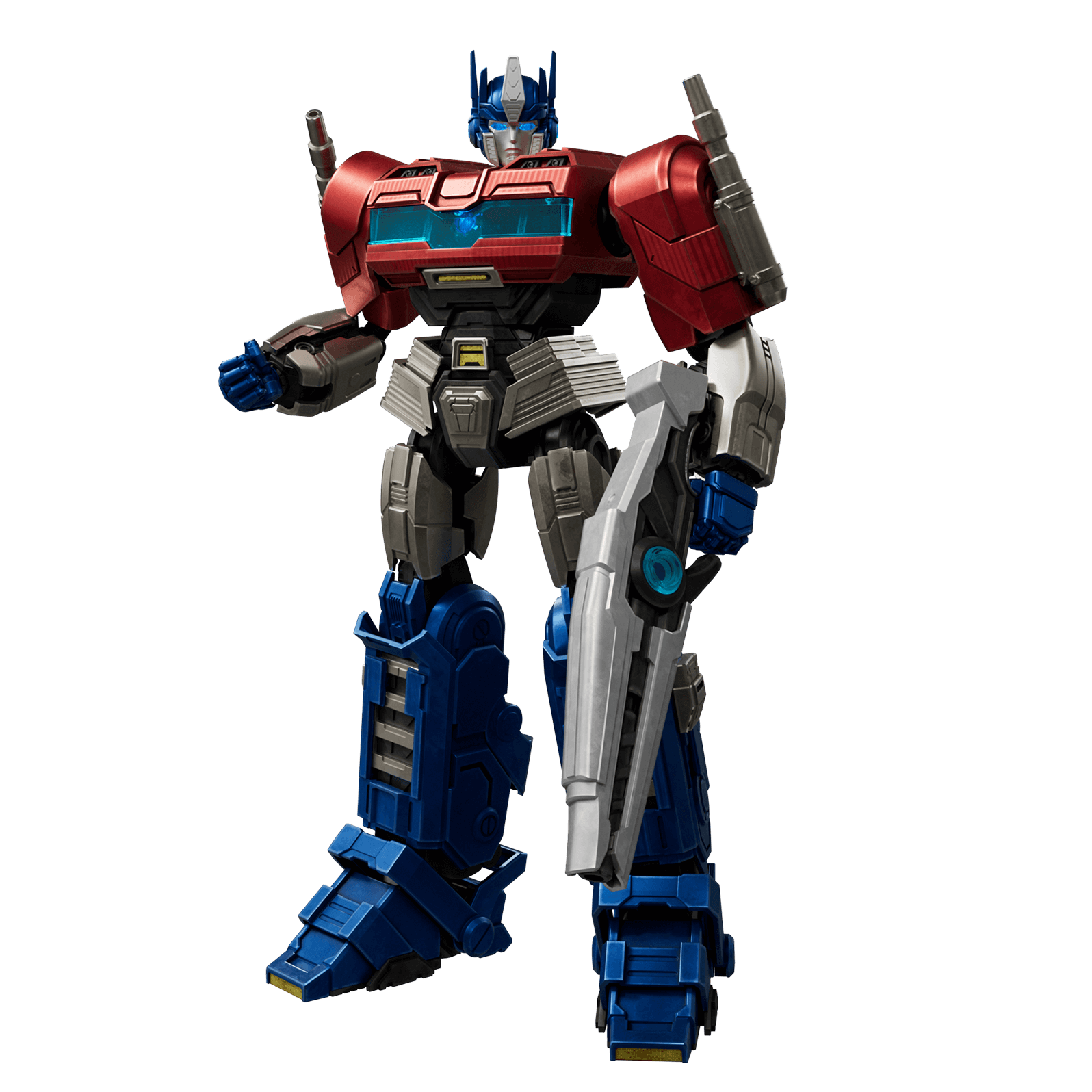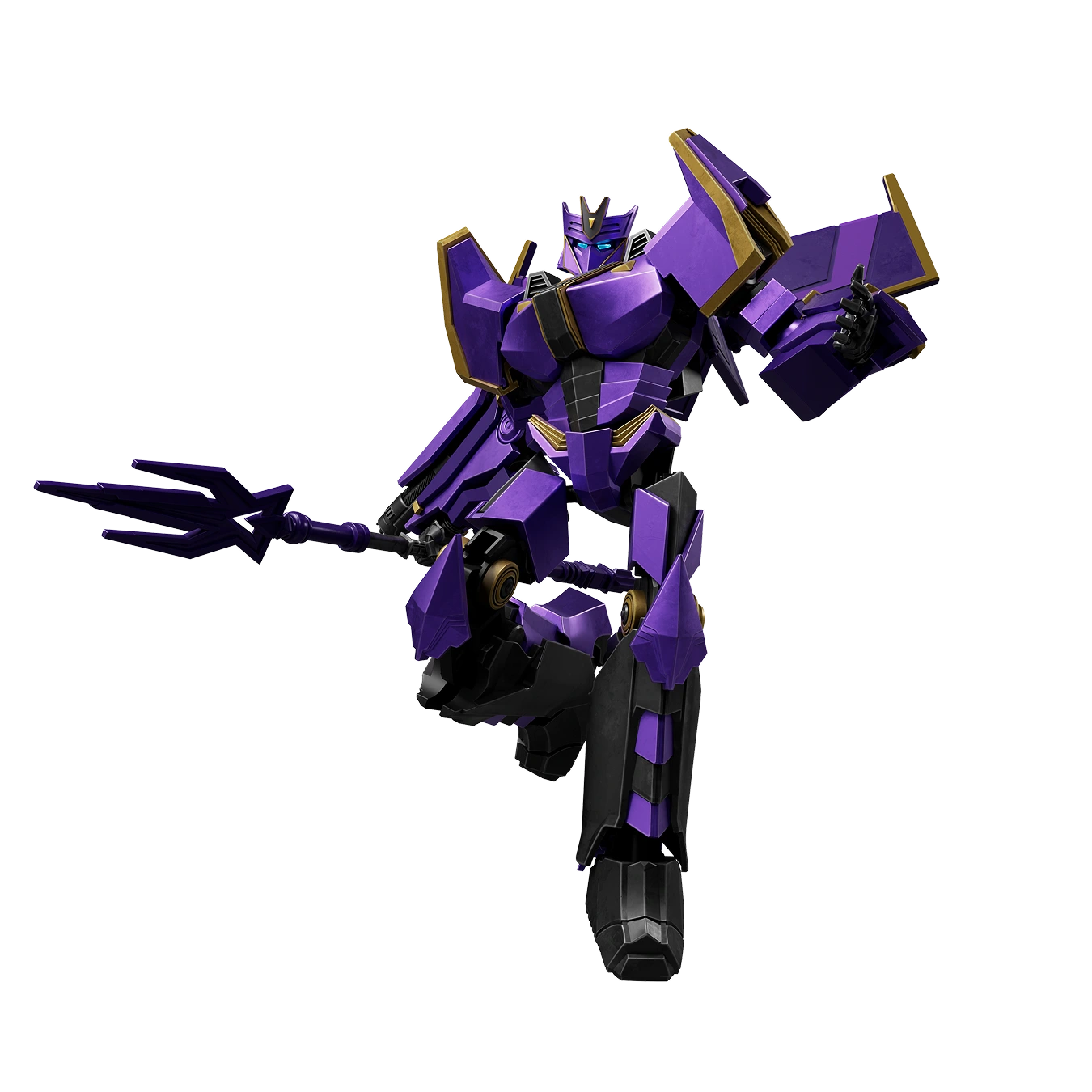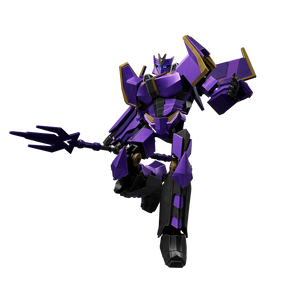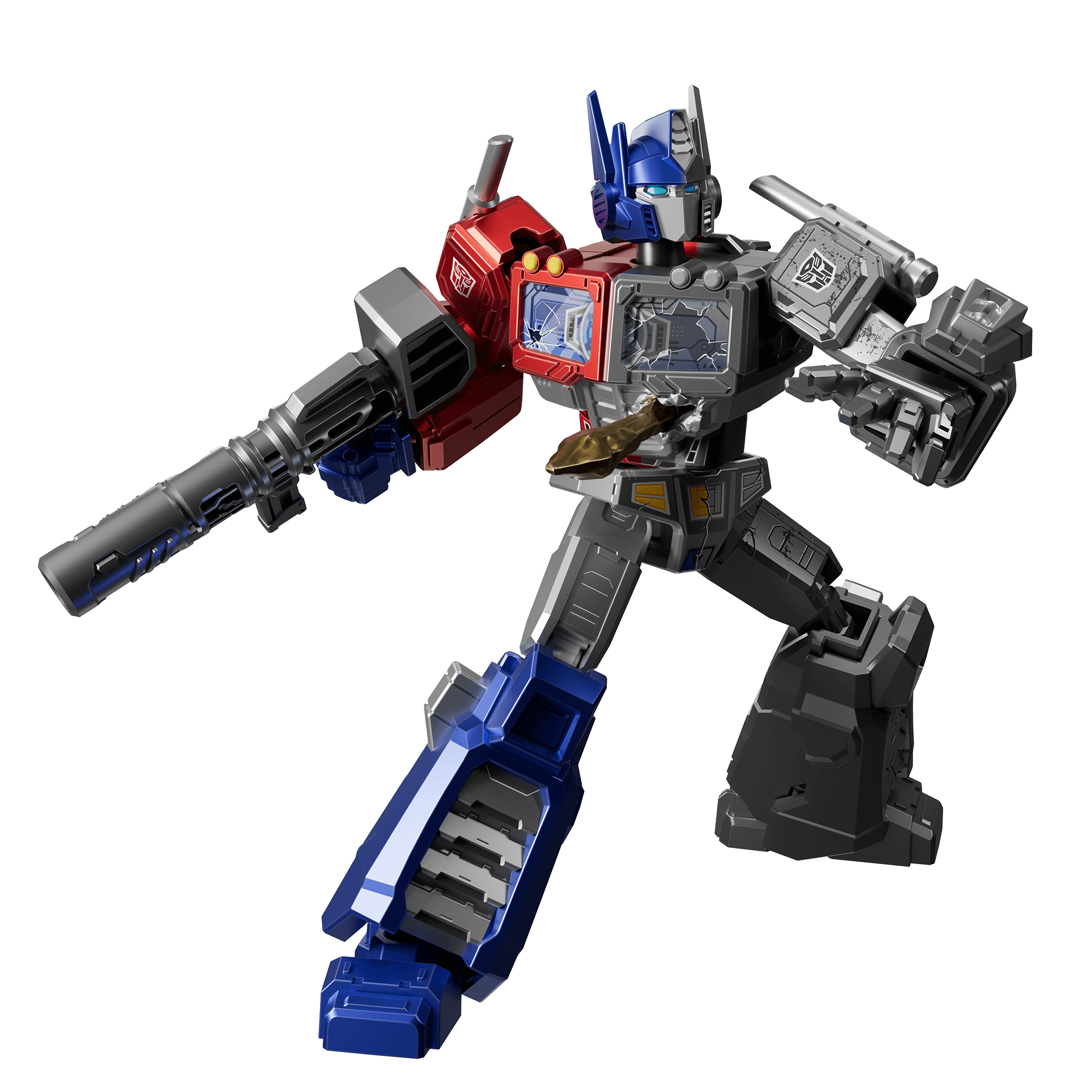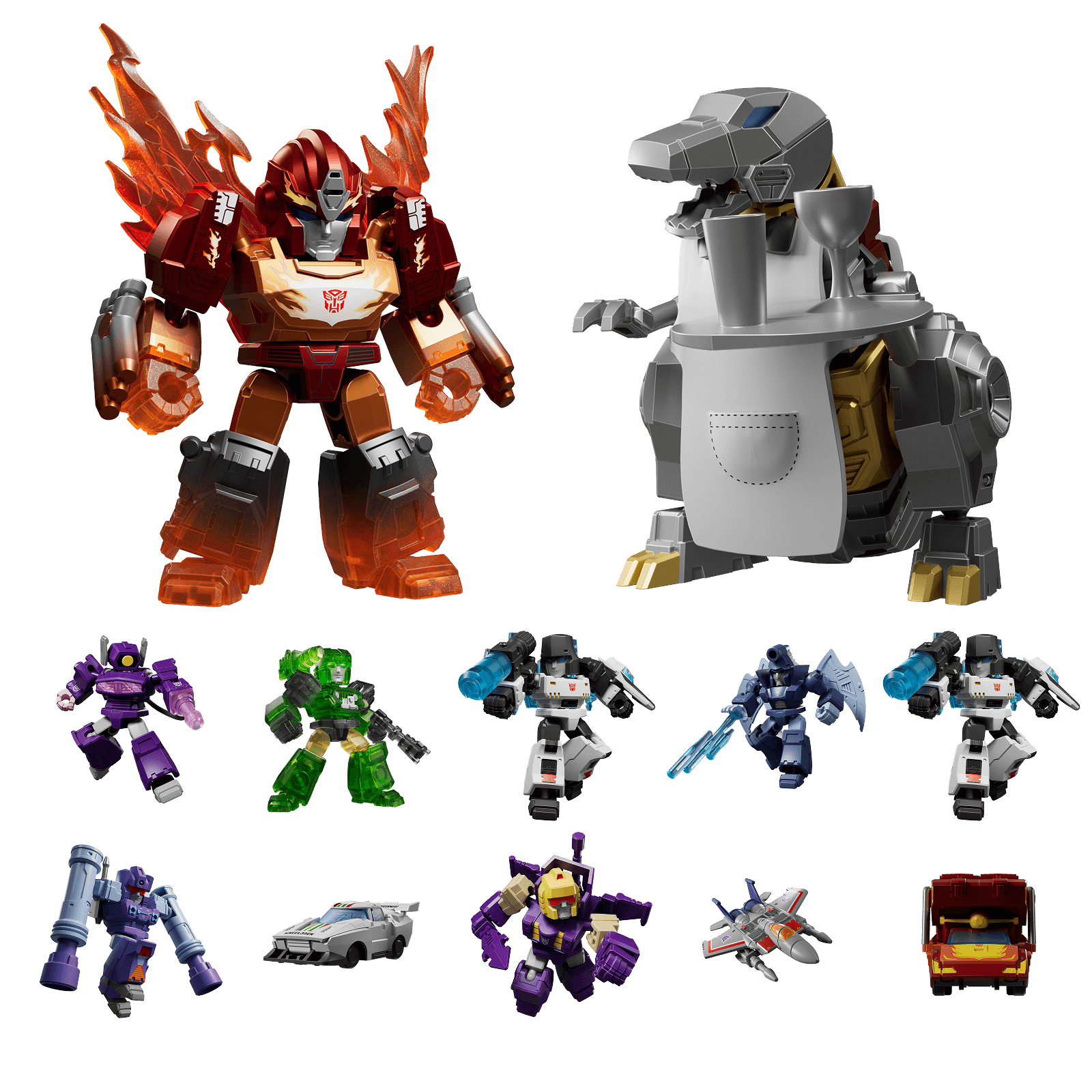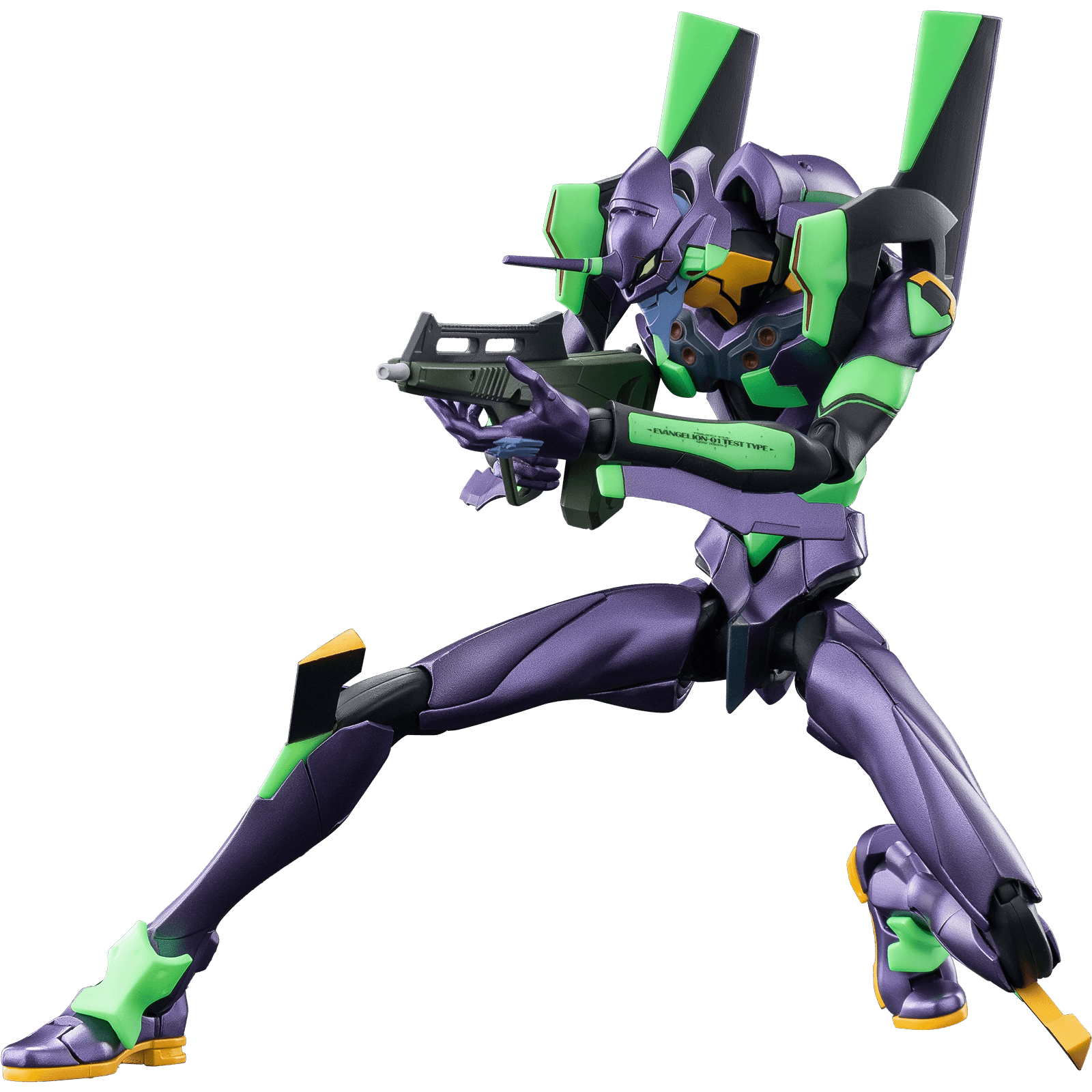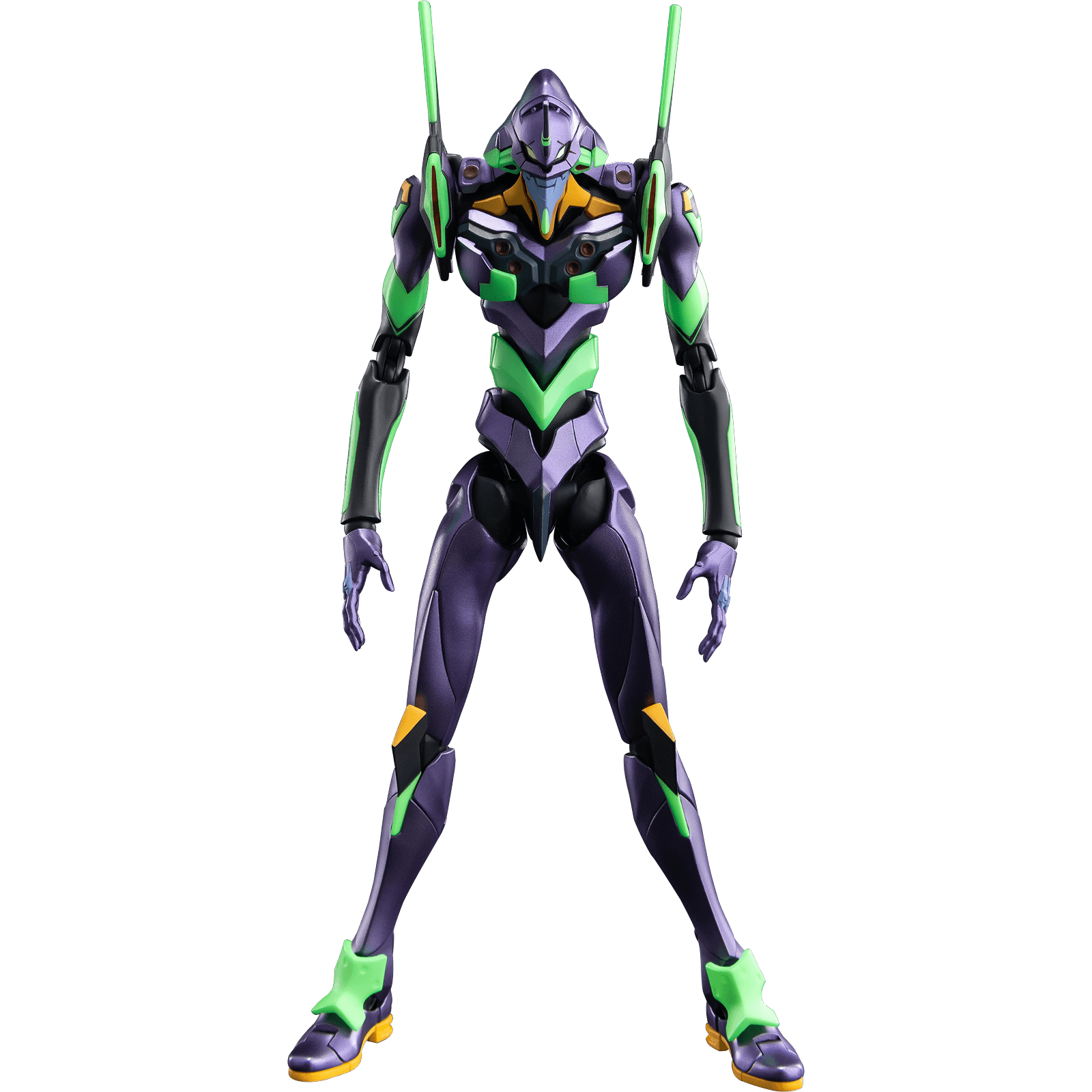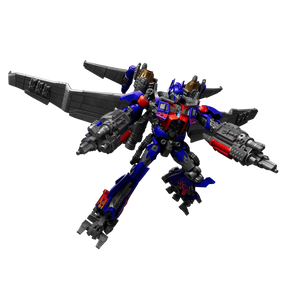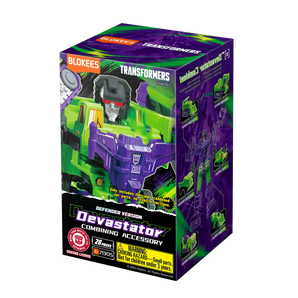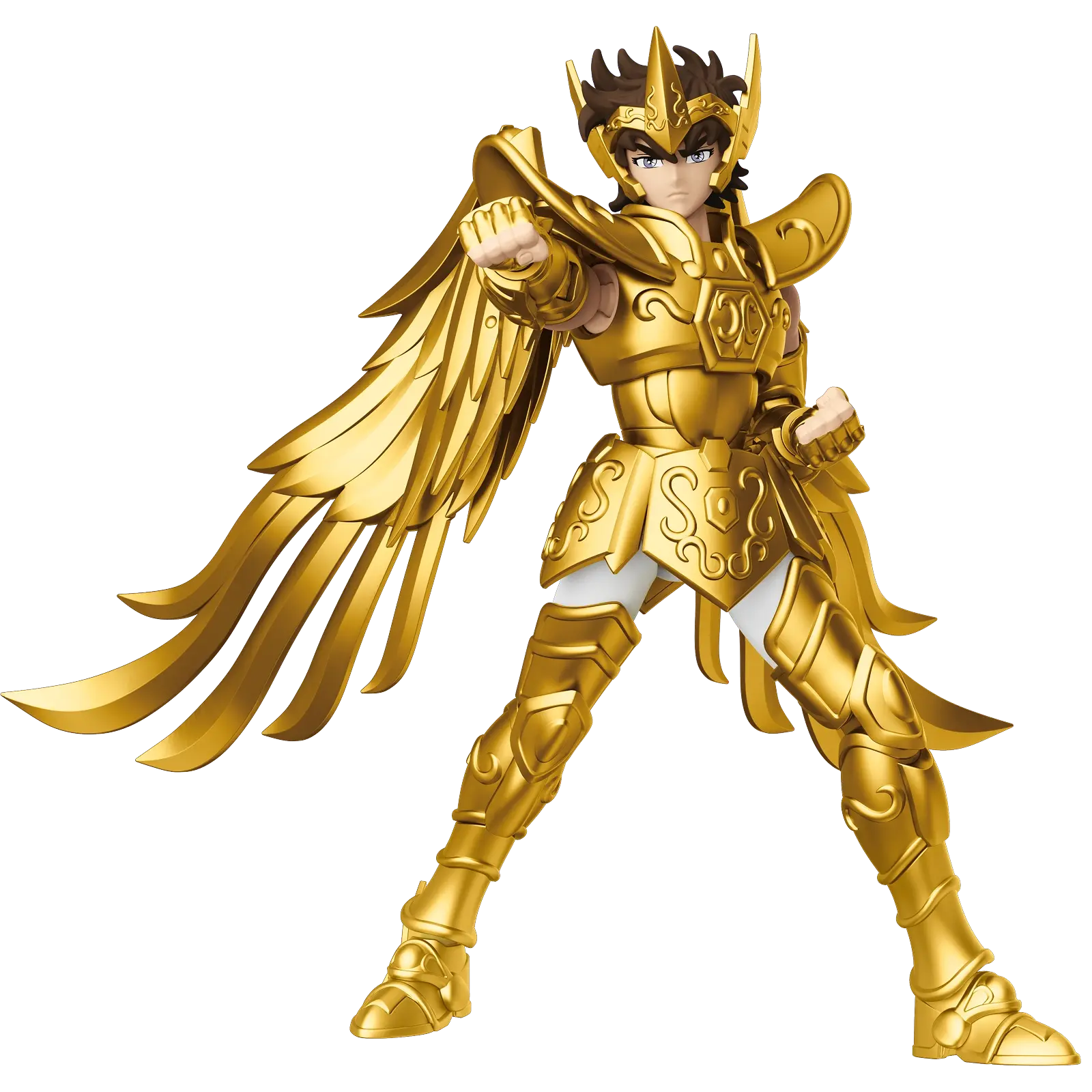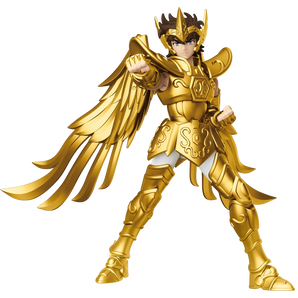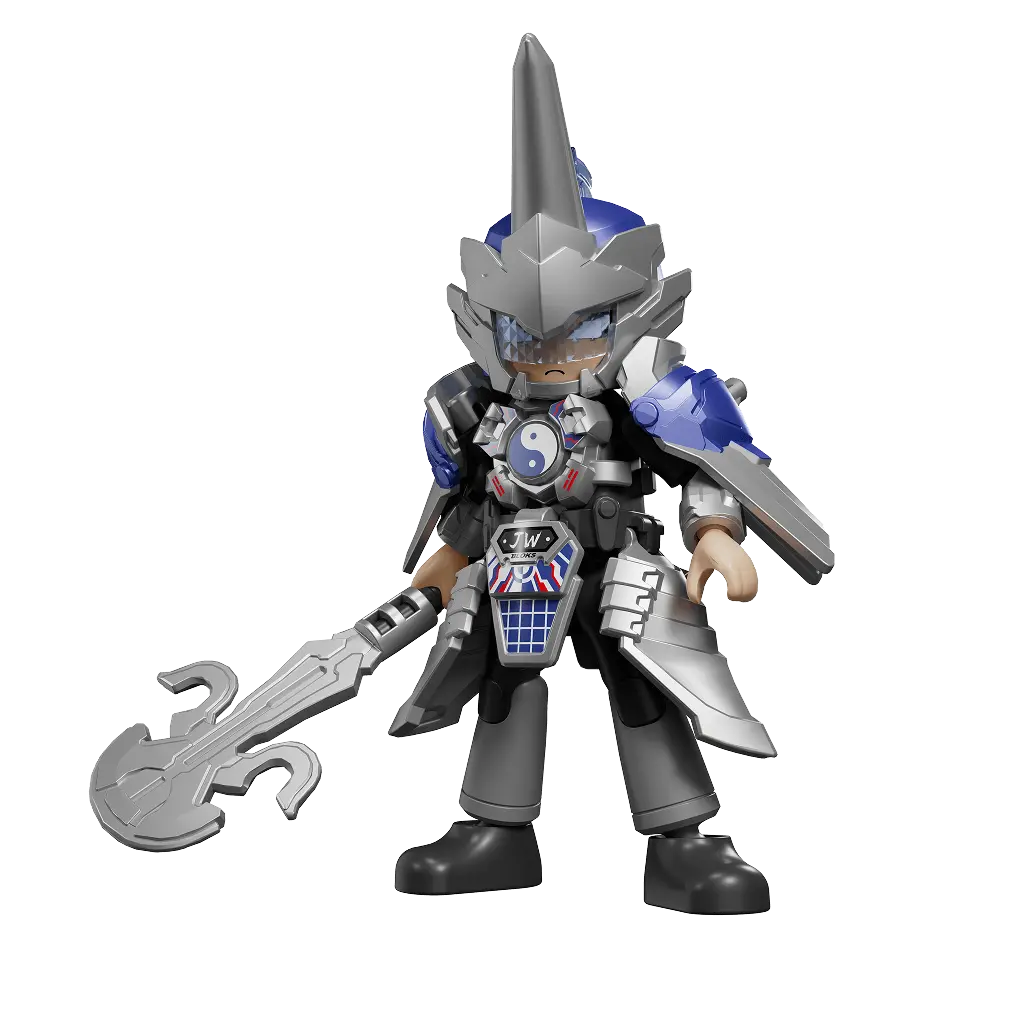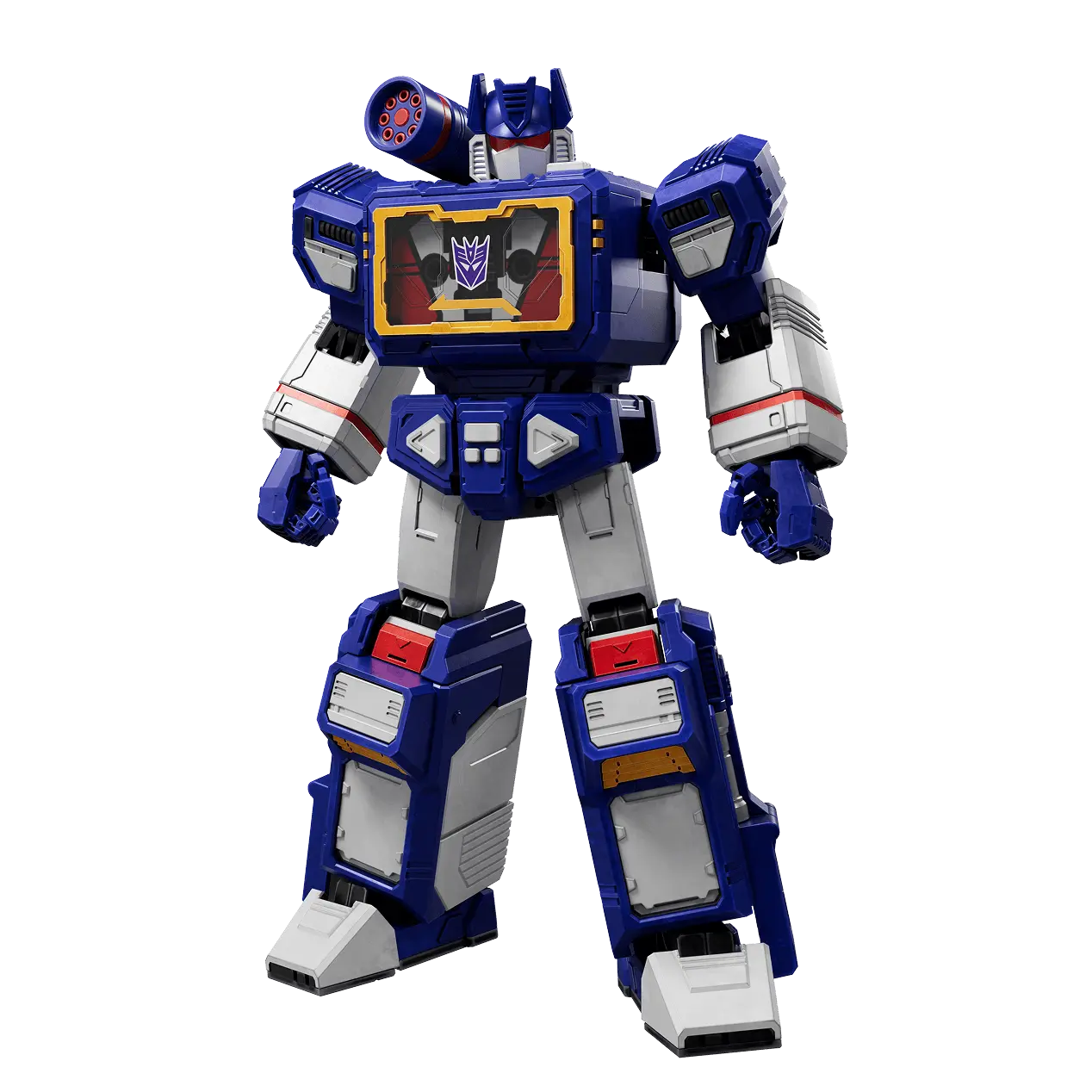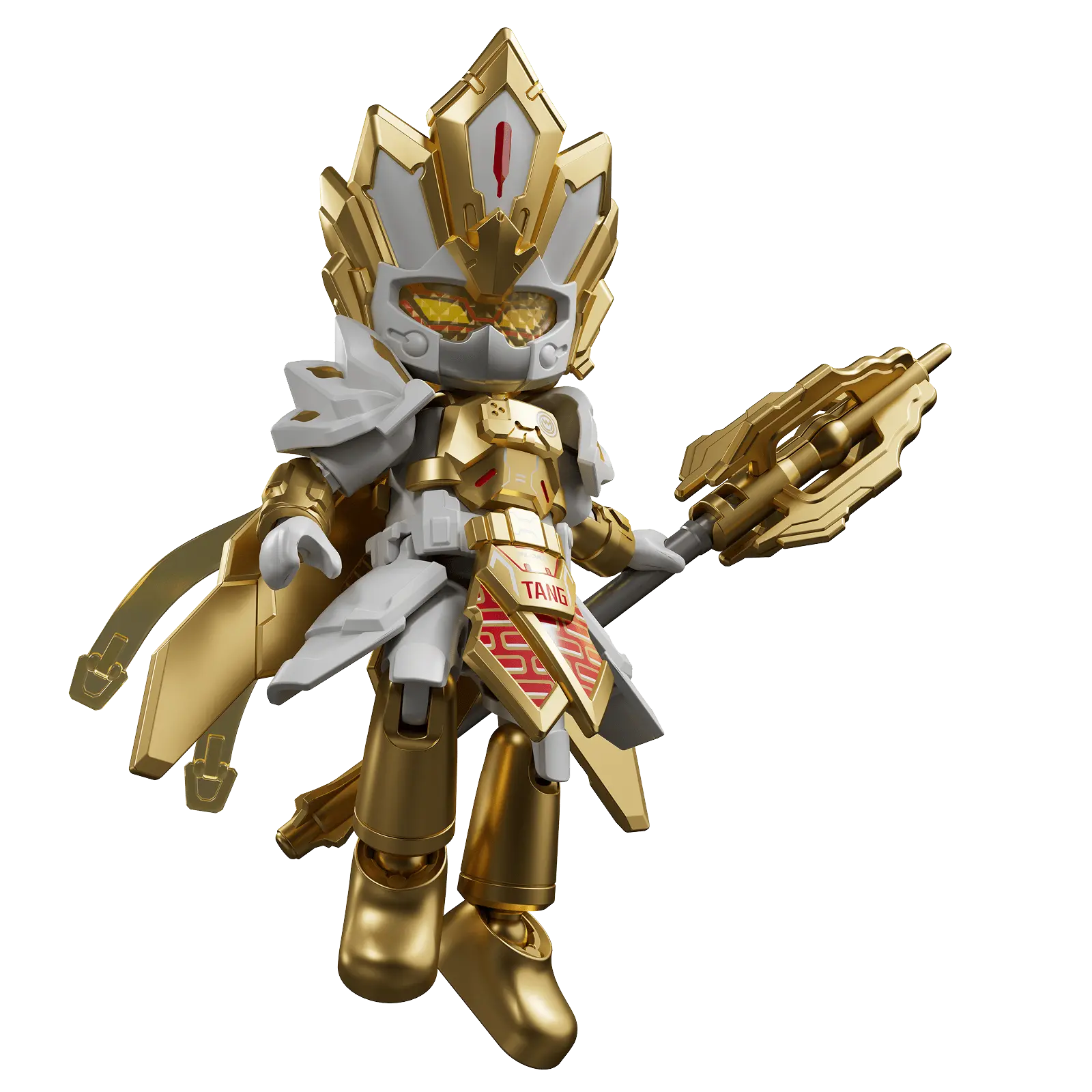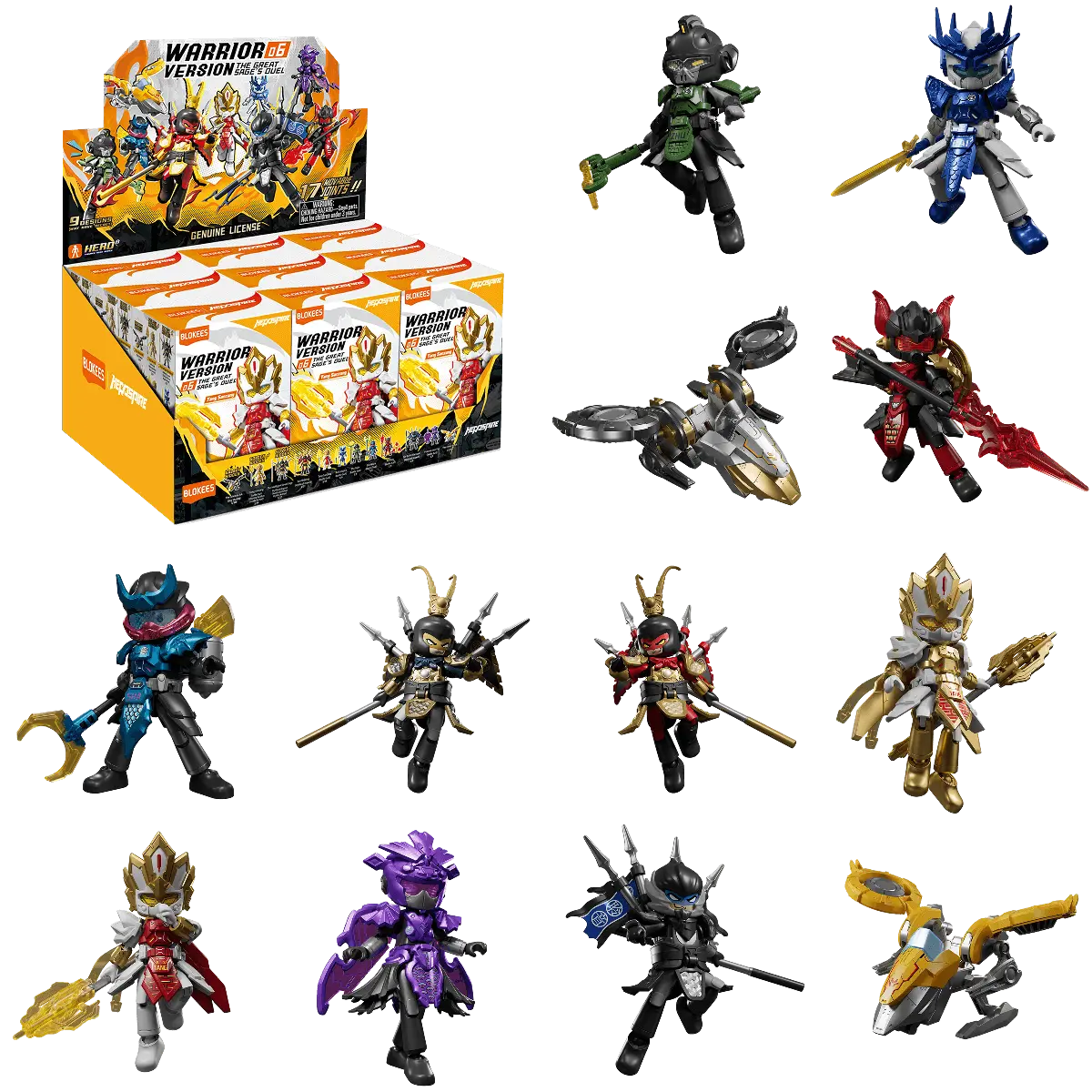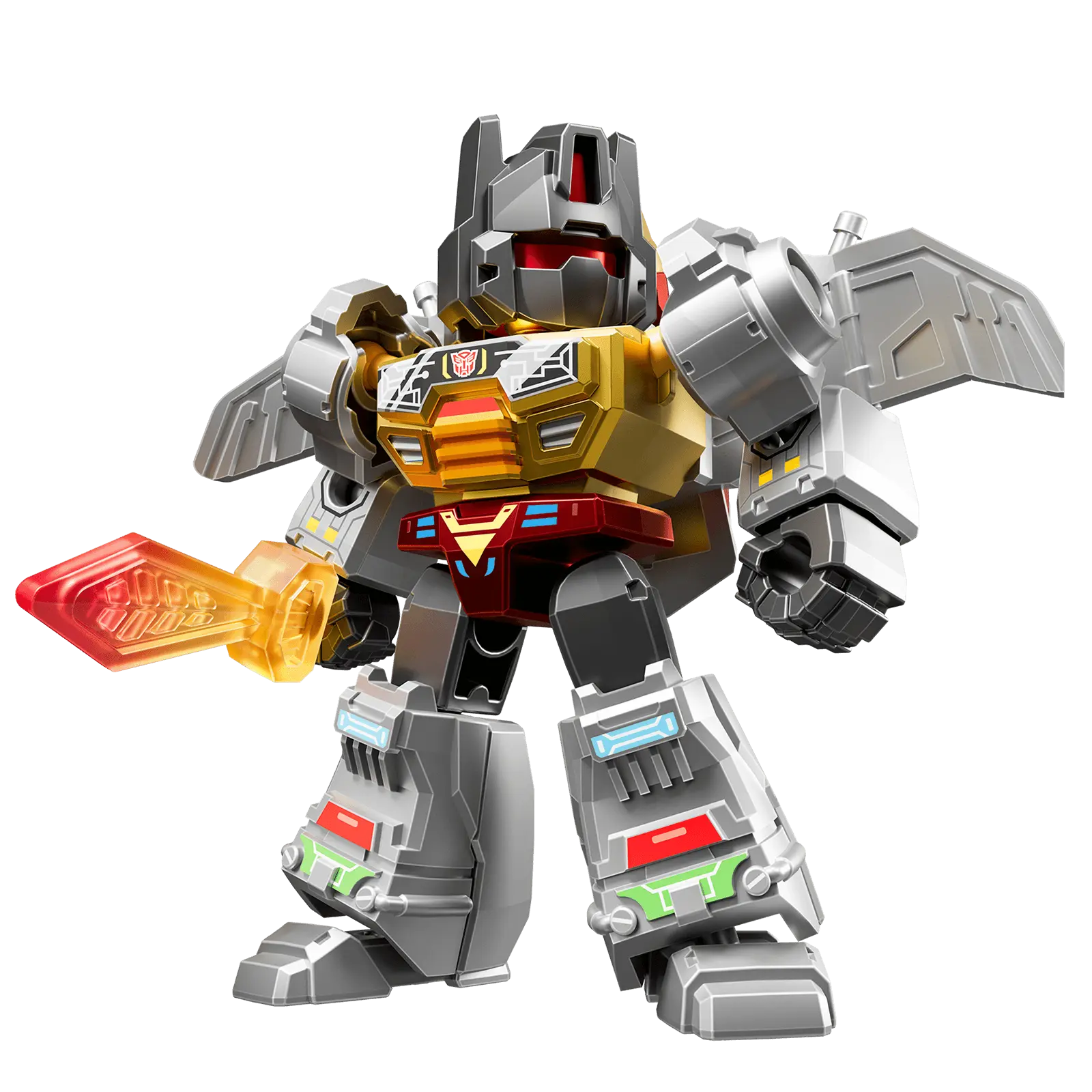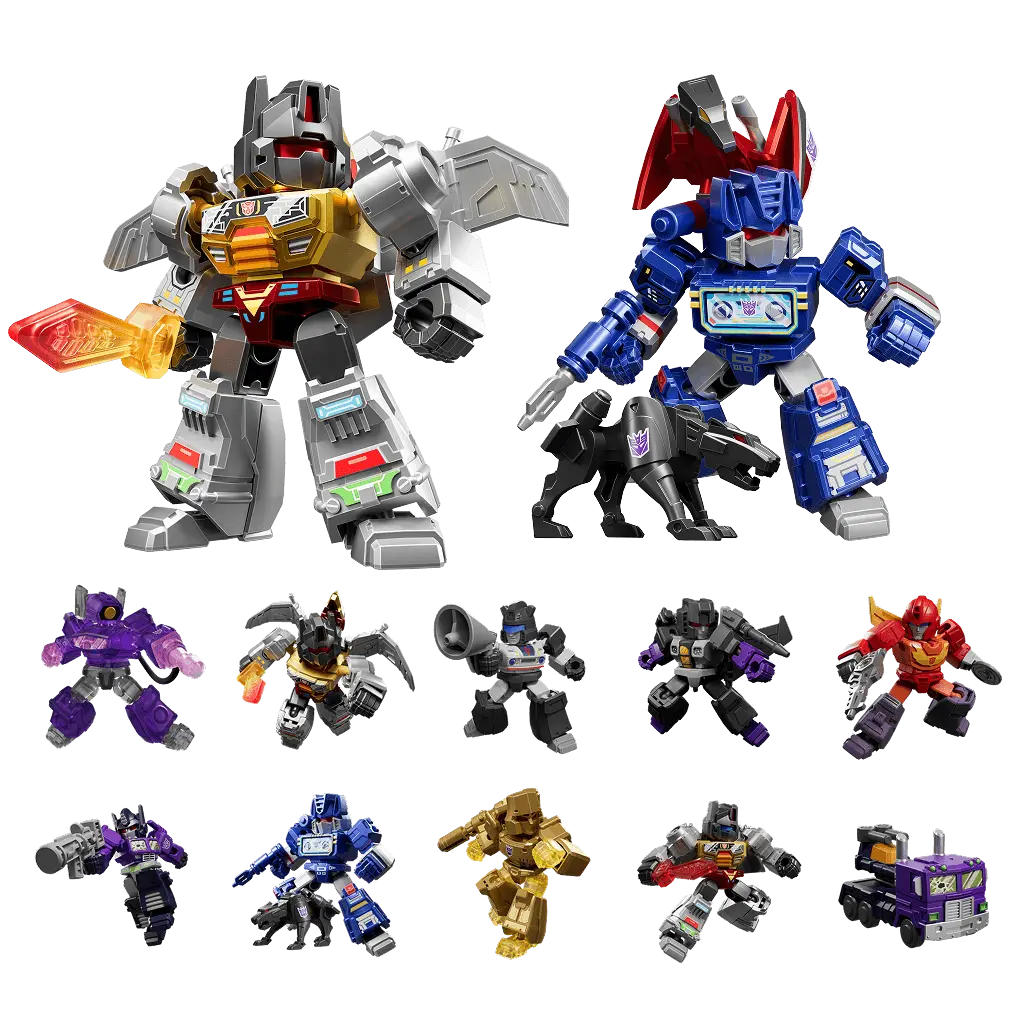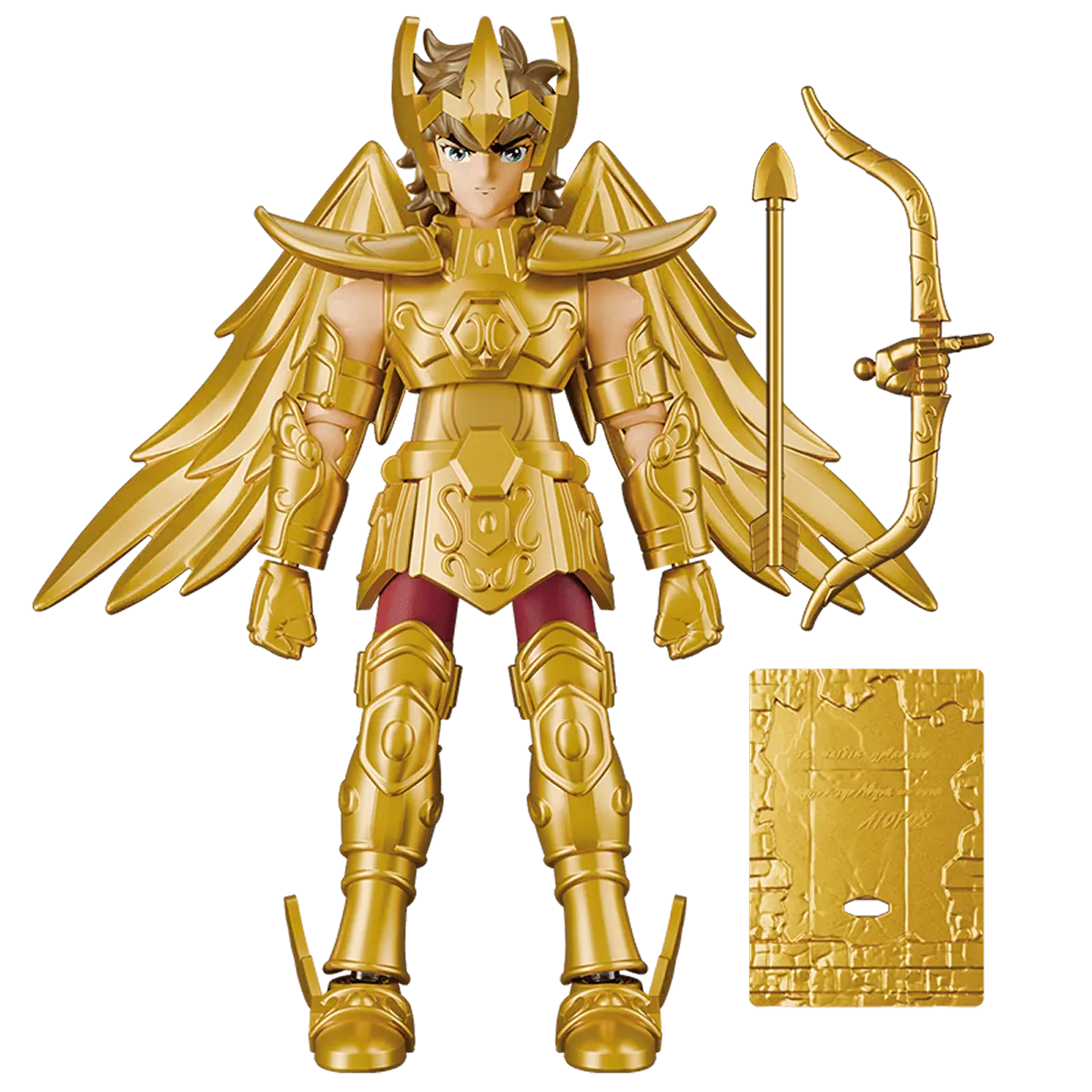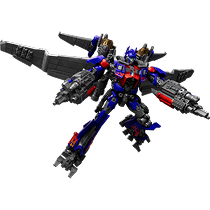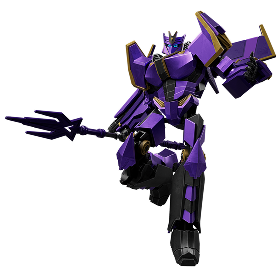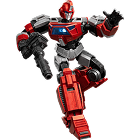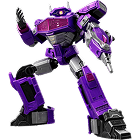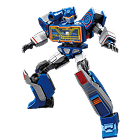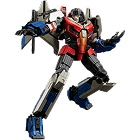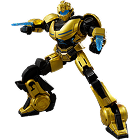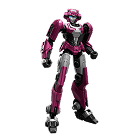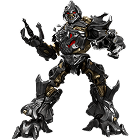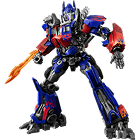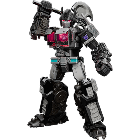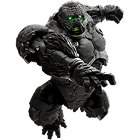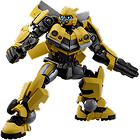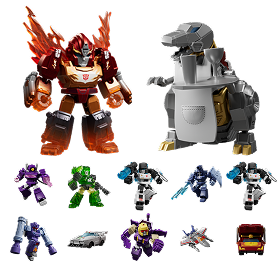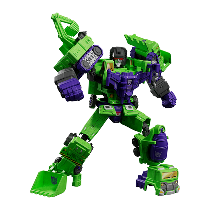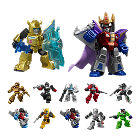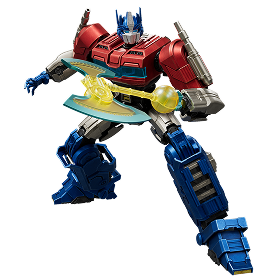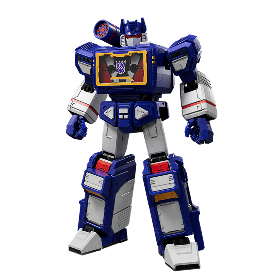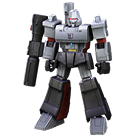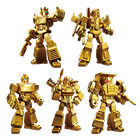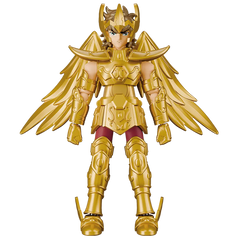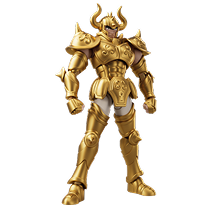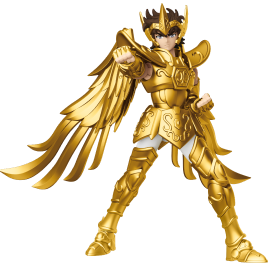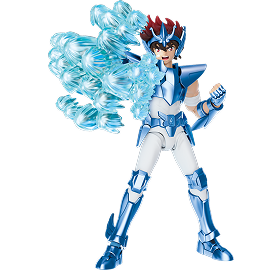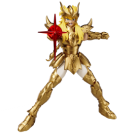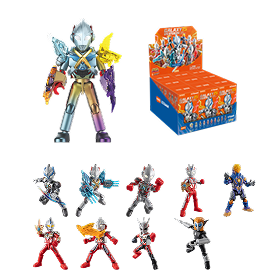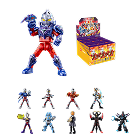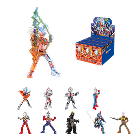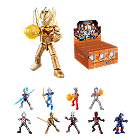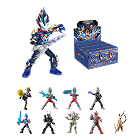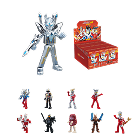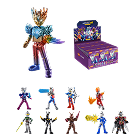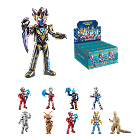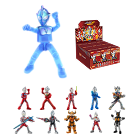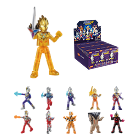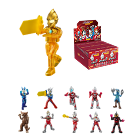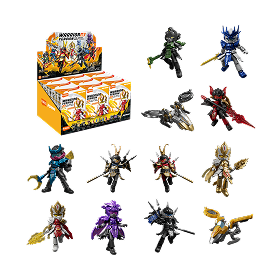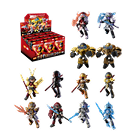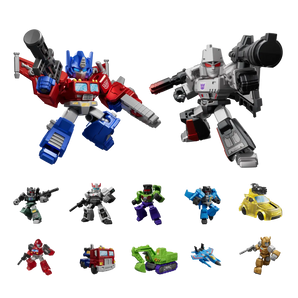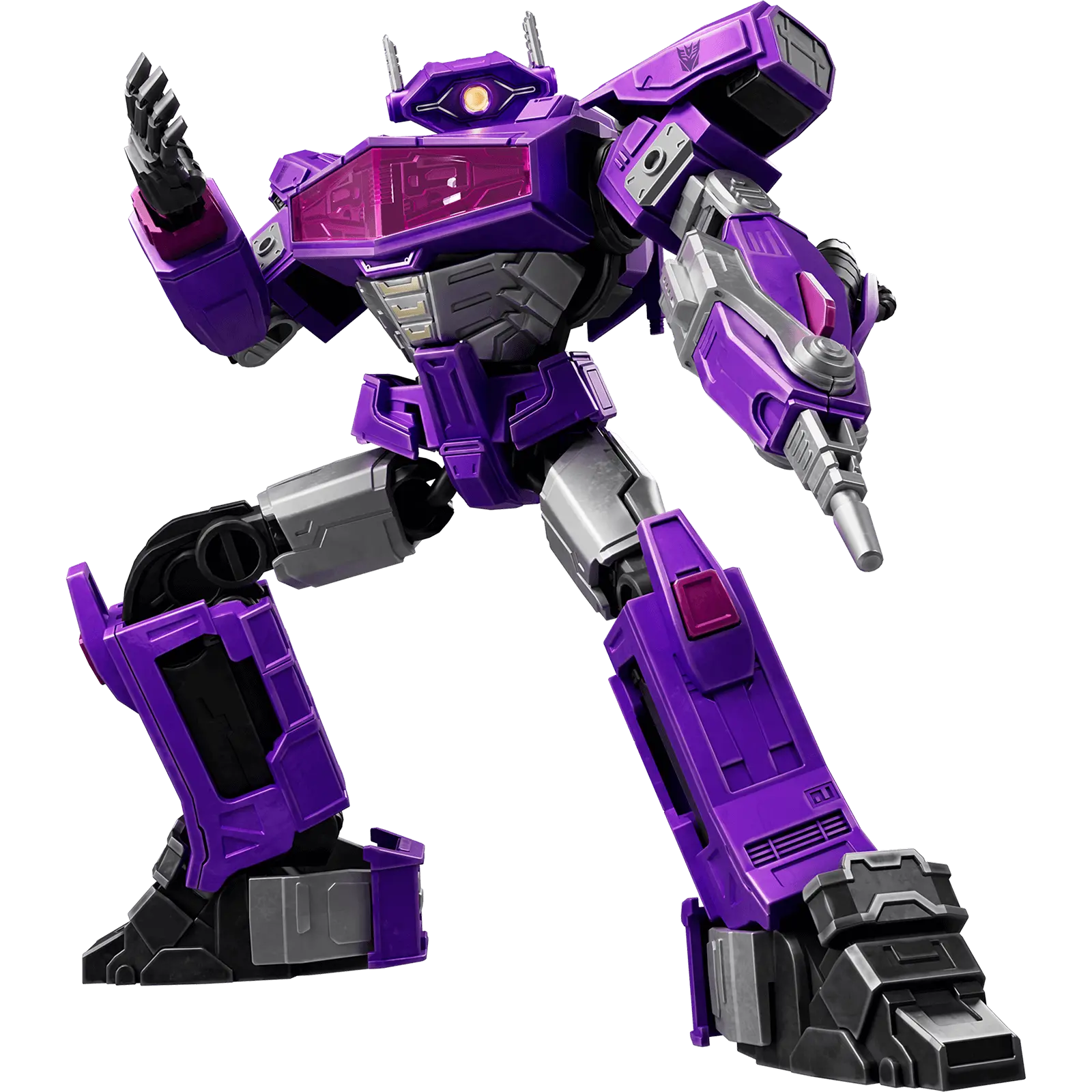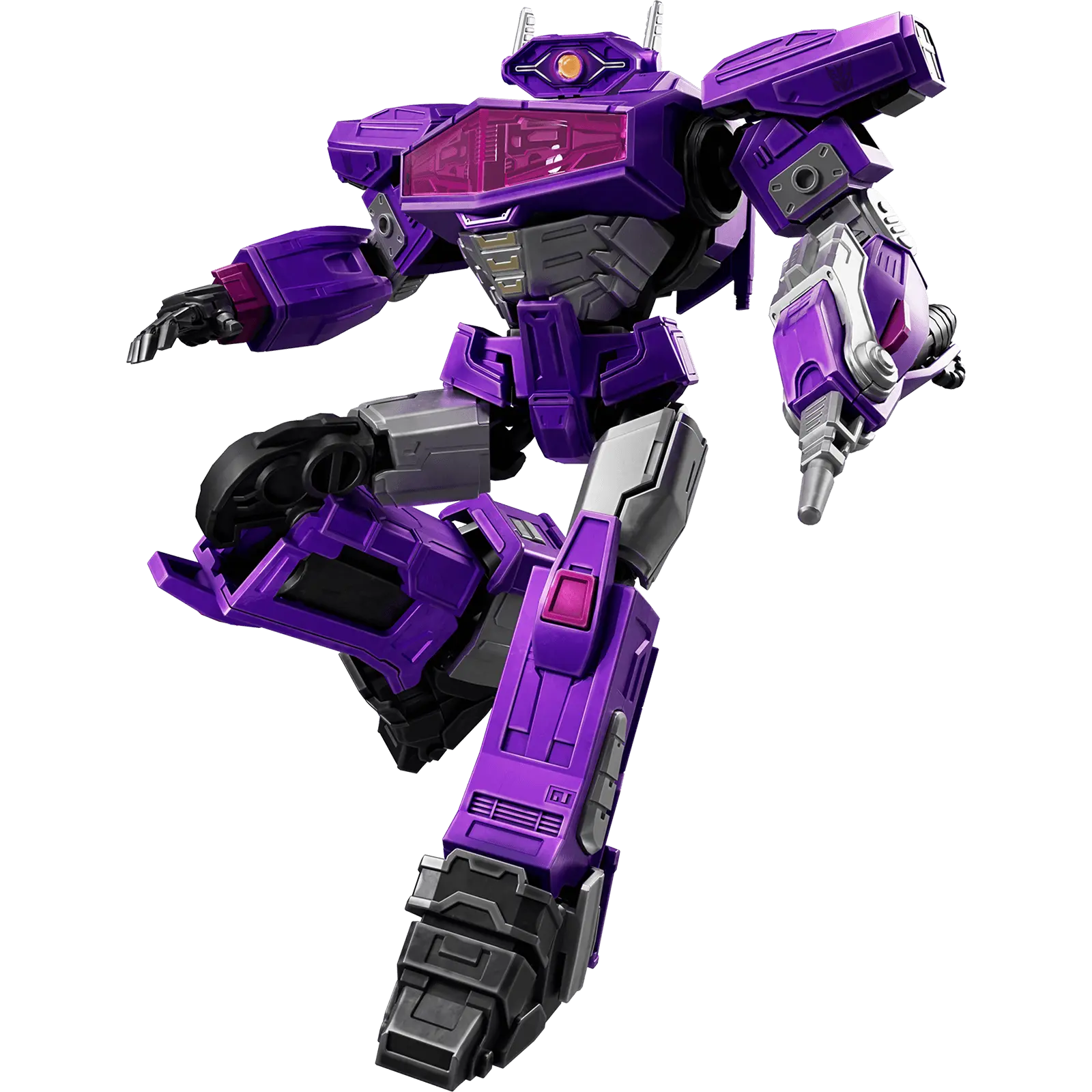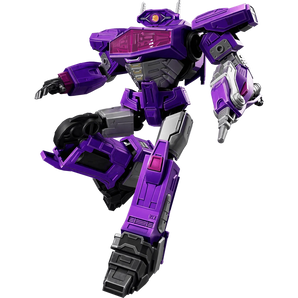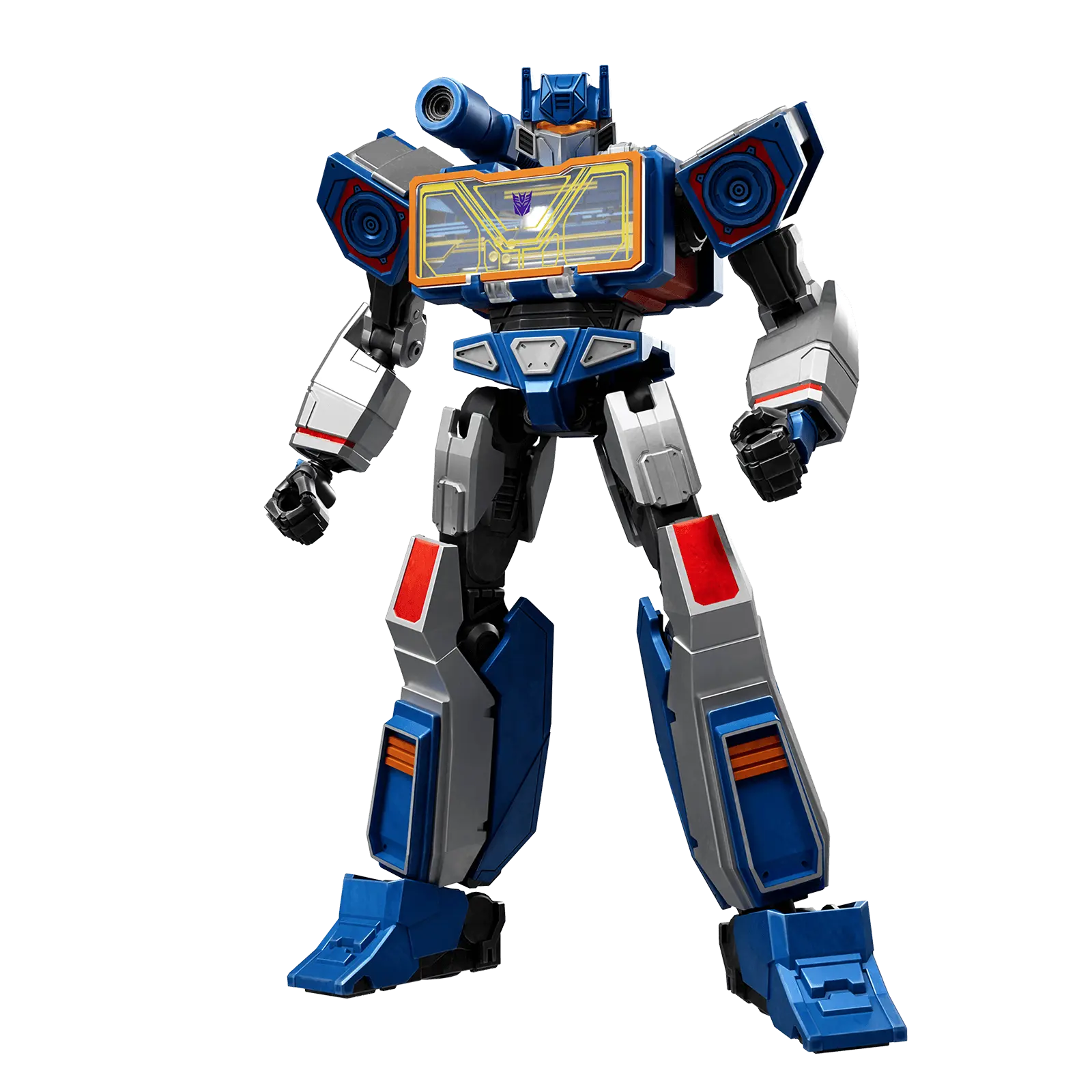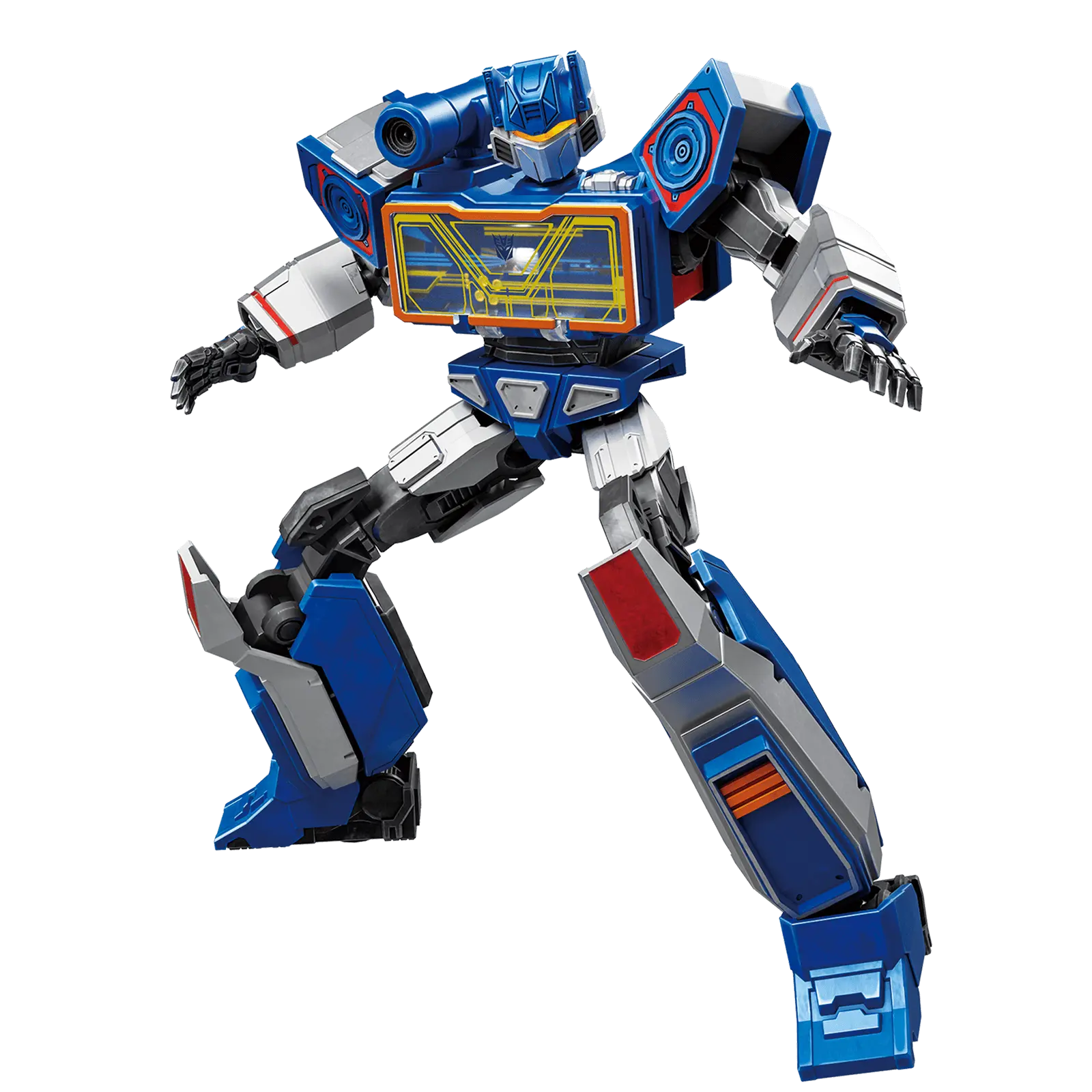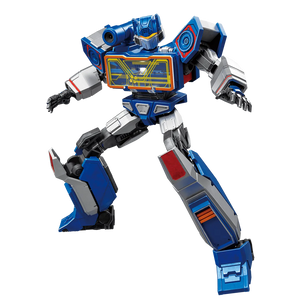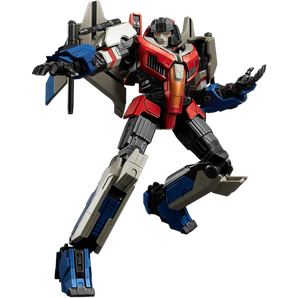The Evangelion units stand as one of anime's most fascinating creations. These towering biomechanical giants serve as humanity's last defense against mysterious beings called Angels. Unlike traditional mecha in anime, EVAs possess characteristics that blur the line between machine and living organism.
Understanding what EVAs truly are requires diving into the complex mythology of Neon Genesis Evangelion. These aren't simply robots piloted by teenagers—they represent something far more intricate and disturbing.
The True Nature of Evangelion Units

EVAs are not mechanical robots in the traditional sense. They are bio-engineered entities created from the flesh of beings called Angels. Each unit contains organic tissue, bones, and biological systems encased within armor plating.
The most unsettling aspect? EVAs possess souls. Each unit requires a human soul to function properly, typically from someone close to the pilot. This creates the psychological synchronization necessary for operation.
Key characteristics include:
- Biological core systems requiring life support
- Armor restraints preventing uncontrolled movement
- Umbilical power cables for energy supply
- Internal entry plugs filled with LCL liquid
- Regenerative capabilities similar to living tissue
Composition and Design Structure
The construction of an EVA involves biotechnology far beyond conventional engineering. Scientists at NERV synthesized these units using forbidden knowledge and controversial methods.
Primary Components:
|
Component |
Function |
Nature |
|
Core |
Houses the soul and vital systems |
Organic |
|
Armor Plates |
Physical protection and restraint |
Synthetic |
|
Entry Plug |
Pilot interface chamber |
Hybrid |
|
LCL Fluid |
Oxygenates pilot's lungs |
Chemical |
|
AT Field |
Defensive energy barrier |
Metaphysical |
The armor serves dual purposes—protection from attacks and containment of the EVA's true nature. Without these restraints, units can enter berserk mode, operating independently with terrifying results.
The Numbered Units Explained
The prototype unit with a yellow-orange color scheme. Known for its unstable behavior and violent tendencies during testing phases.
The purple test type piloted by Shinji Ikari. This unit demonstrates unique capabilities and contains his mother's soul, creating an exceptionally strong bond.
The red production model piloted by Asuka. Built in Germany, it represents the first combat-ready unit designed for actual Angel engagement.
Activated later in the series, this unit becomes infected and controlled by an Angel, demonstrating the vulnerability of these biological machines.
Disappeared during activation experiments with a new engine type, never appearing in the main series.
Piloting Requirements and Synchronization

Operating an EVA demands more than technical skill. Pilots must achieve neural synchronization with their unit through the LCL-filled entry plug. This liquid allows direct nerve connection between pilot and EVA.
The synchronization rate determines combat effectiveness. Higher rates grant better control and responsiveness, but also increase the psychological burden on pilots.
Selection criteria remain strict:
- Candidates must be fourteen years old
- Strong psychological resilience required
- Compatible soul connection necessary
- Ability to withstand neural feedback
Power Systems and Limitations
EVAs cannot operate indefinitely. Standard models rely on external power through umbilical cables connected to NERV facilities. These cables provide enormous energy but limit operational range.
Internal battery reserves allow approximately five minutes of autonomous operation. This constraint forces strategic planning during combat missions and creates tension during extended battles.
Later models experiment with alternative power sources, though these prove dangerous and unpredictable.
Combat Capabilities and Weapons
Despite their organic nature, EVAs wield impressive arsenals. Standard equipment includes progressive knives, pallet rifles, and specialized anti-Angel weapons developed by NERV's research division.
The most powerful defensive mechanism—the AT Field—exists as a metaphysical barrier. This absolute terror field can neutralize most attacks and represents the wall separating individual beings.
Combat performance varies by pilot synchronization, unit condition, and psychological state. Emotional distress directly impacts fighting ability, creating vulnerability during missions.
The Berserk Phenomenon
When restraints fail or pilots lose consciousness, EVAs can enter berserk mode. The unit's primal nature emerges, operating on instinct rather than conscious control. These incidents reveal the savage reality hidden beneath the mechanical exterior.
Berserk EVAs demonstrate enhanced strength and ferocity but pose risks to allies and civilians. The incidents highlight fundamental questions about whether these entities remain tools or imprisoned creatures.
Manufacturing and Development History

NERV created EVAs through the Human Instrumentality Project's research. Development involved reverse-engineering Angel biology and controversial human experimentation.
The process remains shrouded in secrecy, with only select personnel understanding complete manufacturing procedures. Each unit requires years of construction and astronomical resources.
Production models aimed for mass deployment never materialized due to technical complications and the project's true objectives.
Psychological Impact on Pilots
Piloting creates severe mental strain. The neural interface forces pilots to experience damage as physical pain. Psychological trauma accumulates with each battle, affecting young pilots' development.
The burden extends beyond combat. Pilots live with knowledge that their EVA contains a loved one's soul, creating complex emotional dynamics that affect synchronization and mental health.
Why EVAs Captivate Fans Worldwide

The genius of Evangelion's design lies in subverting expectations. These aren't heroic robots—they're tragic prisoners serving as weapons. This darker interpretation resonates with audiences seeking depth beyond typical action narratives.
Collectors and enthusiasts celebrate these designs through various mediums. Building models allows fans to appreciate the intricate details and symbolism embedded in each unit's appearance. The Evangelion Action Edition collection offers opportunities to explore these iconic designs through detailed building sets.
Cultural Significance and Legacy
Since 1995, Evangelion has influenced countless anime and media properties. The EVA design philosophy—blending biological horror with mechanical aesthetics—established new standards for mecha storytelling.
The franchise explores themes of identity, connection, and human nature through these biomechanical metaphors. Each EVA represents isolation and the desperate need for human contact despite barriers.
Frequently Asked Questions
What exactly makes EVAs different from regular robots?
EVAs contain organic tissue, bones, and biological systems rather than purely mechanical components. Each unit houses a human soul and possesses living characteristics including the ability to regenerate damaged tissue.
Why do EVAs need teenage pilots specifically?
The series suggests children born after Second Impact possess unique compatibility with EVA units. Their developing neural pathways synchronize more effectively with the biological interface systems. Additionally, the pilots often share soul connections with their assigned units through maternal bonds.
Can EVAs function without pilots inside?
EVAs can operate autonomously during berserk episodes when the biological entity takes control. However, controlled operation requires a pilot achieving neural synchronization through the entry plug system. Without pilots, units remain dormant or unpredictable.
What is the LCL fluid filling the entry plug?
LCL directly oxygenates the pilot's lungs after initial submersion, allowing neural connection between pilot and EVA. This liquid medium facilitates the synchronization process and provides life support during operation. The substance derives from Angel biology.
How strong are EVAs compared to Angels?
Individual EVA strength depends on pilot synchronization and unit condition. Angels generally possess superior AT Fields and unique abilities. EVAs achieve victory through coordinated tactics, specialized weapons, and exploiting Angel weaknesses rather than overwhelming power.
What happens when synchronization rates get too high?
Extremely high synchronization causes pilots to merge consciousness with their EVA, experiencing the unit's sensations intensely. Rates exceeding certain thresholds risk permanent mental fusion, where distinguishing between pilot and EVA becomes impossible.
Conclusion
Exploring the world of giant biomechanical warriors reveals storytelling depth rarely achieved in animation. Whether you're discovering the series for the first time or revisiting these complex narratives, the EVAs remain central to understanding what makes Evangelion resonate across generations.
For fans seeking to celebrate these iconic designs, quality collectibles capture the essence of these remarkable creations. The best-selling building sets provide engaging ways to appreciate the craftsmanship behind beloved characters and machines from various franchises.







































